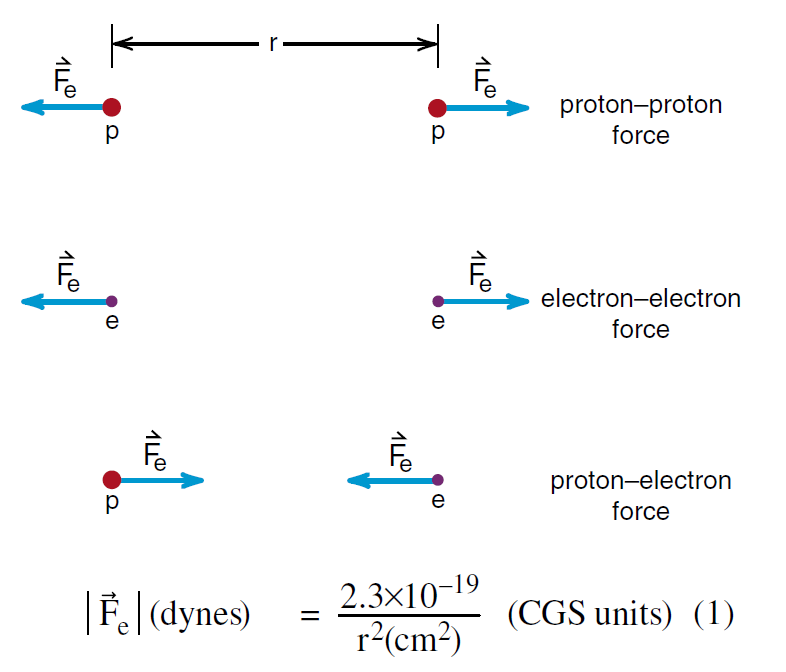
تاريخ الفيزياء

علماء الفيزياء


الفيزياء الكلاسيكية

الميكانيك

الديناميكا الحرارية


الكهربائية والمغناطيسية

الكهربائية

المغناطيسية

الكهرومغناطيسية


علم البصريات

تاريخ علم البصريات

الضوء

مواضيع عامة في علم البصريات

الصوت


الفيزياء الحديثة


النظرية النسبية

النظرية النسبية الخاصة

النظرية النسبية العامة

مواضيع عامة في النظرية النسبية

ميكانيكا الكم

الفيزياء الذرية

الفيزياء الجزيئية


الفيزياء النووية

مواضيع عامة في الفيزياء النووية

النشاط الاشعاعي


فيزياء الحالة الصلبة

الموصلات

أشباه الموصلات

العوازل

مواضيع عامة في الفيزياء الصلبة

فيزياء الجوامد


الليزر

أنواع الليزر

بعض تطبيقات الليزر

مواضيع عامة في الليزر


علم الفلك

تاريخ وعلماء علم الفلك

الثقوب السوداء


المجموعة الشمسية

الشمس

كوكب عطارد

كوكب الزهرة

كوكب الأرض

كوكب المريخ

كوكب المشتري

كوكب زحل

كوكب أورانوس

كوكب نبتون

كوكب بلوتو

القمر

كواكب ومواضيع اخرى

مواضيع عامة في علم الفلك

النجوم

البلازما

الألكترونيات

خواص المادة


الطاقة البديلة

الطاقة الشمسية

مواضيع عامة في الطاقة البديلة

المد والجزر

فيزياء الجسيمات


الفيزياء والعلوم الأخرى

الفيزياء الكيميائية

الفيزياء الرياضية

الفيزياء الحيوية

الفيزياء العامة


مواضيع عامة في الفيزياء

تجارب فيزيائية

مصطلحات وتعاريف فيزيائية

وحدات القياس الفيزيائية

طرائف الفيزياء

مواضيع اخرى
THE ELECTRIC FORCE LAW
المؤلف:
E. R. Huggins
المصدر:
Physics 2000
الجزء والصفحة:
535
14-12-2020
2371
THE ELECTRIC FORCE LAW
Since electrons, protons, and neutrons make up almost everything we see around us (except for photons or light itself), a description of the electric force between these three particles provides a fairly complete picture of the electric interaction, insofar as it affects our lives. For electrons, protons, and neutrons at rest, this interaction is completely summarized in Figure (1).
As we see, protons repel each other, electrons repel each other, and a proton and an electron attract each other. There is no electric force on a neutron. The strength of the electric force between these particles drops off as 1/r 2 and has a magnitude shown in Equation 1. We know, to extremely high precision, that the attractive force between an electron and proton has the same strength as the repulsive force between two protons or two electrons, when the particles have the same separation r. It is surprising how complete a summary of the electric interaction Figure (1) represents. We have only shown the forces between the particles at rest.
But if you combine these results with the special theory of relativity, you can deduce the existence of magnetism and derive the formulas for magnetic forces.

Figure 1: The electric interaction between protons and electrons at rest. There is no electric force on a neutron.